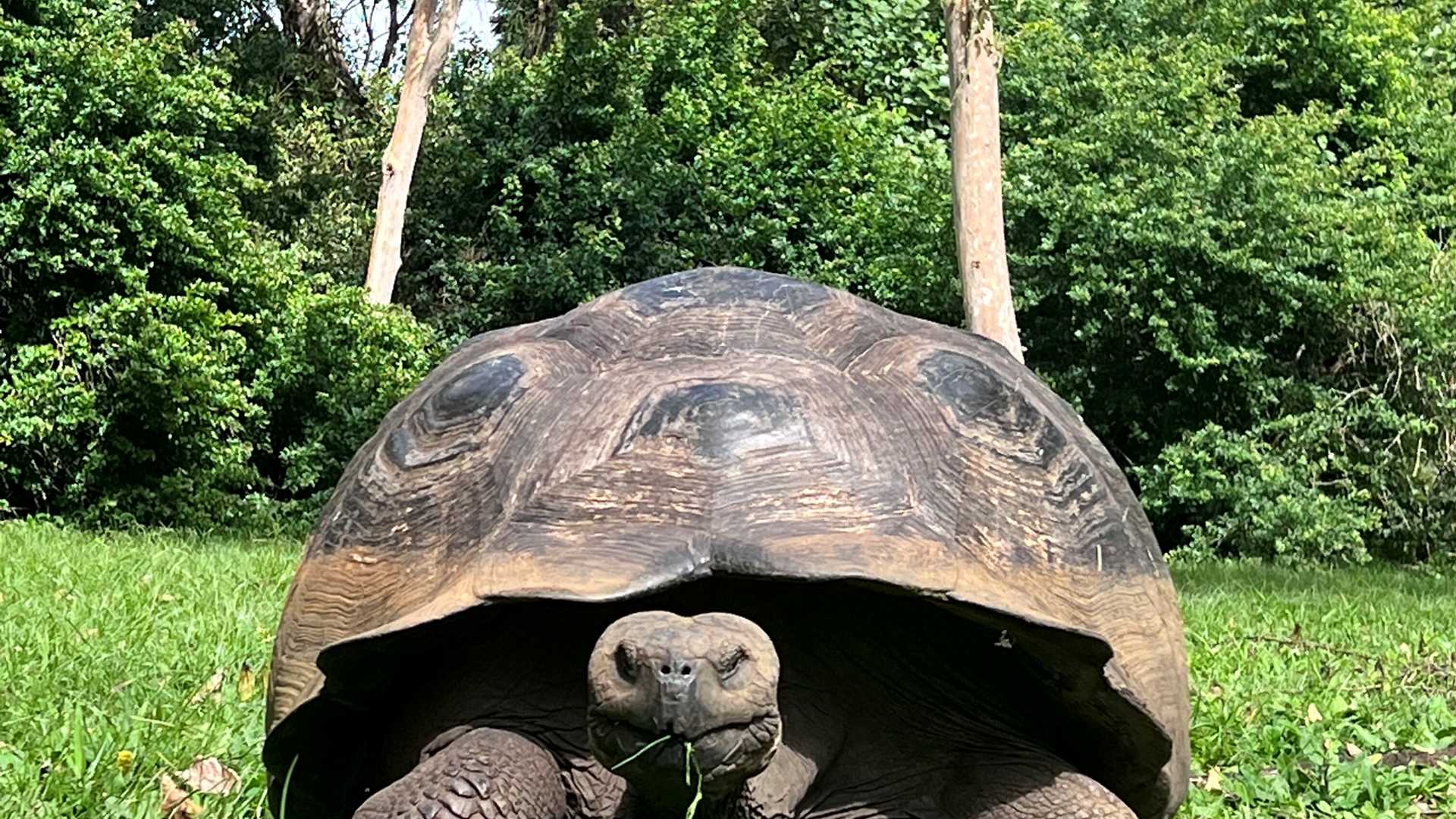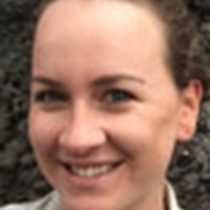National Geographic Endeavour II arrived at Puerto Ayora — one of the most important sites of our expedition. Today we experienced culture and nature at the same time. We visited the Charles Darwin Foundation, where we learned about different conservation projects being run on the island. Then we had several options available for the next portion of our day. Some of our guests visited the Tomas de Berlanga School, where bilingual students guided them around. Other guests visited the Rancho Ochoa; here we learned how to produce lettuce by hydroponic techniques, saving a lot of water and providing high-quality vegetables for our tables. Finally, some guests visited the Trapiche, a farm where the owners demonstrated the traditional way to make sugar, coffee, chocolate, and moonshine! What a fun day we had! We cannot wait to keep exploring this paradise.
6/13/2025
Read
National Geographic Endeavour II
Genovesa Island
We started the day with excitement as we landed on the beautiful, pristine coast of Isla Genovesa - a true birder’s dream. Along the sandy beaches and steep cliffs of Darwin Bay, we were surrounded by an incredible array of birdlife. Frigatebirds soared closely overhead with their red pouches on full display, while Nazca and blue-footed boobies nested along the rocky ledges. Swallow-tailed gulls called out as we walked past. In the distance, we saw the stoic and elusive short-eared owl. The island was alive with color, sound, and constant movement. Between our excursions to Isla Genovesa, we snorkeled near Prince Philip’s Steps and discovered a vibrant world beneath the waves. Schools of fish swirled around us, a fur seal turned in the water as if dancing on cue, and sea lions relaxed nearby. As our last snorkeling adventure came to a close, we spotted a sea turtle resting calmly in a crevice. As the sun retreated into the sky on our last return to National Geographic Endeavor II, we reflected on the sheer magnitude of what we witnessed on our last full day. Isla Genovesa, like the other islands, gave us a connection to a sacred world. The harmony between land, sea, and sky reminded us how deeply interconnected, vital, and fragile these ecosystems are. Watching birds tend to their nests and marine life swim effortlessly, we were struck by how little space there is between wonder and reverence. We recognized that our journey wasn’t just about observing unique wildlife, it was about feeling part of something grander and beautifully ancient.







